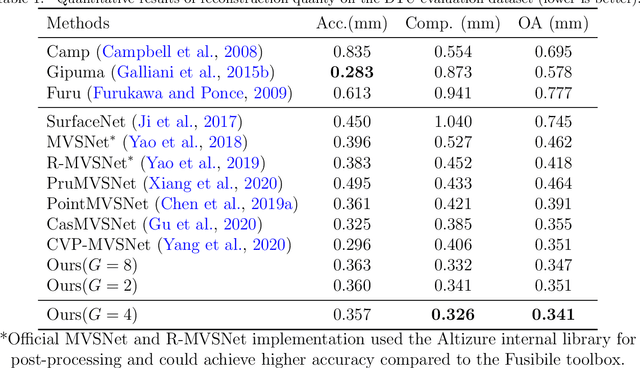Bingchuan Jiang
Practical Cross-system Shilling Attacks with Limited Access to Data
Feb 14, 2023Abstract:In shilling attacks, an adversarial party injects a few fake user profiles into a Recommender System (RS) so that the target item can be promoted or demoted. Although much effort has been devoted to developing shilling attack methods, we find that existing approaches are still far from practical. In this paper, we analyze the properties a practical shilling attack method should have and propose a new concept of Cross-system Attack. With the idea of Cross-system Attack, we design a Practical Cross-system Shilling Attack (PC-Attack) framework that requires little information about the victim RS model and the target RS data for conducting attacks. PC-Attack is trained to capture graph topology knowledge from public RS data in a self-supervised manner. Then, it is fine-tuned on a small portion of target data that is easy to access to construct fake profiles. Extensive experiments have demonstrated the superiority of PC-Attack over state-of-the-art baselines. Our implementation of PC-Attack is available at https://github.com/KDEGroup/PC-Attack.
Attention Aware Cost Volume Pyramid Based Multi-view Stereo Network for 3D Reconstruction
Nov 25, 2020



Abstract:We present an efficient multi-view stereo (MVS) network for 3D reconstruction from multiview images. While previous learning based reconstruction approaches performed quite well, most of them estimate depth maps at a fixed resolution using plane sweep volumes with a fixed depth hypothesis at each plane, which requires densely sampled planes for desired accuracy and therefore is difficult to achieve high resolution depth maps. In this paper we introduce a coarseto-fine depth inference strategy to achieve high resolution depth. This strategy estimates the depth map at coarsest level, while the depth maps at finer levels are considered as the upsampled depth map from previous level with pixel-wise depth residual. Thus, we narrow the depth searching range with priori information from previous level and construct new cost volumes from the pixel-wise depth residual to perform depth map refinement. Then the final depth map could be achieved iteratively since all the parameters are shared between different levels. At each level, the self-attention layer is introduced to the feature extraction block for capturing the long range dependencies for depth inference task, and the cost volume is generated using similarity measurement instead of the variance based methods used in previous work. Experiments were conducted on both the DTU benchmark dataset and recently released BlendedMVS dataset. The results demonstrated that our model could outperform most state-of-the-arts (SOTA) methods. The codebase of this project is at https://github.com/ArthasMil/AACVP-MVSNet.
 Add to Chrome
Add to Chrome Add to Firefox
Add to Firefox Add to Edge
Add to Edge